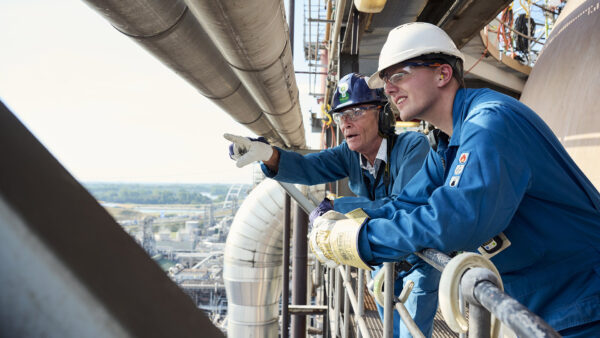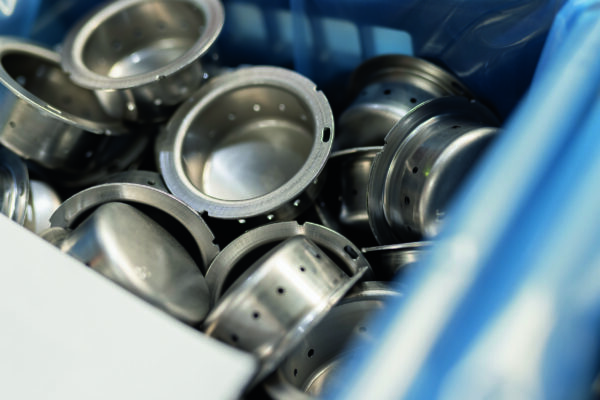We are currently broadly in line with company guidance, which we think is most likely
rather conservative. For 2025, we expect a decline in revenues of 6%, a somewhat larger
decline than company guidance of -5%, but PWO is hinting at not meeting its current
revenue guidance. We expect a good revenue recovery of 8% in 2026, driven by the ramp
up of several new projects the company is currently preparing for. Tools sales normally
come before the ramp up of the series production, thus an increase in tools sales
is a good sign. In 2024, in both the Czech Republic and Mexico, sales growth in tools
was higher than in series production, which therefore bodes well for revenue growth
in the next two years. For 2027, we estimate continued good revenue growth of 5% based
on the expectation that PWO will be able to outperform market growth while orders
at the Serbian plant will ramp up further.
PWO is guiding for a decline in EBIT before currency effect in 2025 to €23–28m (from
€30m in 2024) and our estimate is currently at the low end of the range at €24m, as
we expect a slightly larger decline in revenues. Cost savings will partly compensate
for the decline in revenues and the start-up loss in Serbia is expected to be eliminated,
thereby saving another €1.9m in EBIT. From the estimated EBIT margin of 4.6% in 2025
we see good margin potential towards 5.5% in 2027, driven by higher revenues, efficiency
gains and scale benefits.
PWO has set its sights on a revenue level of €700m by 2029 with good profitability
levels. We estimate that Serbia could potentially add €70m to group revenues by 2029.
From the guided €530m revenue level for 2025, this reflects a CAGR of 7% until 2029.
We are a bit more conservative, anticipating 2029 revenues at around €650m, leaving
upside potential.
In the medium term, we expect an EBIT margin of 6–7% to be achievable based on the
following building blocks. With Canada further building its customer base, scale benefits
should support higher margins. We expect the Czech Republic, China and Mexico will
continue to show good profitability, while Serbia will increasingly contribute to
revenues and EBIT. We assume that Serbia could reach the same margin as PWO realises
in the Czech Republic (ie 7–9%), which would have a positive effect on the group margin.
With the transition to electric cars not as fast as anticipated a few years ago, several
existing platforms are being extended, as not many new internal combustion engine
platforms will be developed. In such cases, suppliers seem to have pricing power related
to the additional volume orders. This could be another factor to support margins in
the next few years.
For the next few years, we expect financial expenses to be broadly stable as we anticipate
net debt to remain about the same level as in 2024 due to the relatively high capex.
FCF is expected to be positive at low-single-digit millions, with an improvement expected
from 2027.
For the tax rate, we assume 30% for the next few years, with the eventual outcome
possibly being influenced by changes in deferred taxes.















































